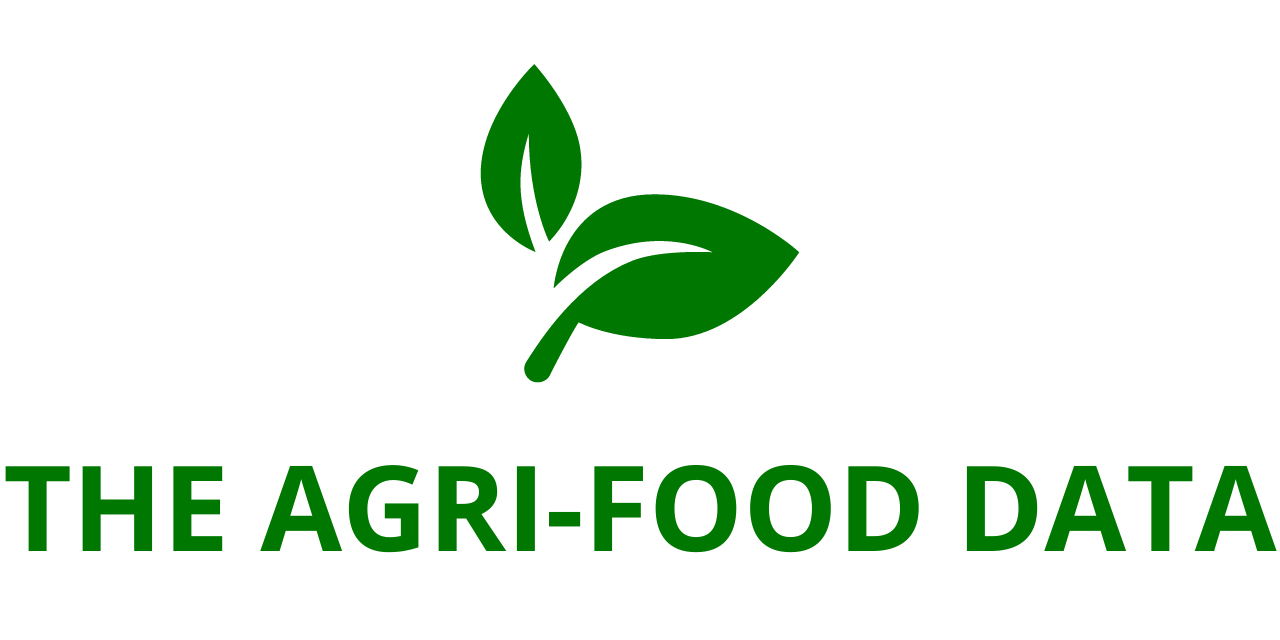
The “North America Superfood Market Size and Share Analysis – Growth Trends and Forecast Report 2025–2033″ has been released by ResearchAndMarkets.com, offering an in-depth view of a sector undergoing remarkable transformation. According to the report, the North America superfood market—valued at USD 63.3 billion in 2024—is forecast to reach USD 90.88 billion by 2033, expanding at a compound annual growth rate (CAGR) of 4.10% during the 2025–2033 forecast period.
Superfoods—nutrient-dense foods known for their health benefits—are enjoying widespread adoption across the United States and Canada. The surge in demand is being fueled by a variety of interrelated trends: increased consumer awareness about nutrition and health, a robust plant-based movement, and rising demand for clean-label and functional food products.
Growing Health Consciousness Fuels Superfood Demand
One of the central drivers behind the expanding superfood market in North America is the rise in health awareness, particularly among younger generations. Millennials and Gen Z consumers are at the forefront of this shift, prioritizing wellness and longevity in their dietary choices. These cohorts are actively seeking foods that offer preventive health benefits, including improved digestion, heart health, weight management, and immune support.
Superfoods such as chia seeds, quinoa, kale, turmeric, goji berries, spirulina, matcha, and acai are increasingly featured in everyday meals—from breakfast bowls and smoothies to snack bars and meal replacements. This shift is more than a fad; it represents a cultural change toward proactive health management.
Illustrating this trend, Hackensack Meridian Health announced in March 2024 a pioneering $200 million health and wellness center at Metropark Station in Woodbridge, New Jersey. Designed to provide a holistic approach to community healthcare, the facility reflects a growing emphasis on preventive medicine and integrated wellness.
Product Innovation and Availability Drive Market Expansion
Innovation in product development and increased accessibility through diverse retail channels are further boosting the superfood market. Food and beverage companies are incorporating superfoods into a variety of products, including energy drinks, nutrition bars, protein shakes, dietary supplements, and even skincare items.

The versatility of superfoods like spirulina, moringa, and flaxseeds has allowed brands to create appealing offerings that align with various consumer lifestyles and preferences. The growing popularity of functional beverages and “better-for-you” snacks has resulted in increased shelf space for superfood-based products in grocery stores and online platforms.
In a notable move in March 2025, Laird Superfood—a leader in the functional coffee and superfood space—launched The Market Place, an e-commerce platform that curates health and wellness products aligned with the vision of founders Laird Hamilton and Gabby Reece. The platform is intended to provide customers with streamlined access to high-performance nutrition brands that promote holistic well-being.
Clean Label and Plant-Based Trends Amplify Superfood Appeal
The accelerating clean label movement, which prioritizes transparency, simplicity, and the avoidance of artificial ingredients, has created a strong tailwind for the superfood sector. Consumers are increasingly seeking products that are free from GMOs, synthetic additives, and preservatives. Superfoods, often naturally sourced and minimally processed, are a natural fit for this trend.
Plant-based eating is also on the rise, as more consumers adopt flexitarian, vegetarian, and vegan diets. Superfoods are commonly used as key ingredients in plant-based formulations, from non-dairy milks and meat substitutes to grain-free snacks and wellness powders.
In February 2025, Slovenian food-tech firm Juicy Marbles entered the North American market with the launch of Meaty Meat, a whole-cut plant-based lamb alternative. The product reflects a growing consumer appetite for realistic meat analogues that align with sustainability and health values. The entry of such innovative products helps expand the superfood landscape by incorporating nutrient-dense ingredients into alternative protein offerings.
Challenges: Pricing and Misinformation Remain Key Barriers
Despite the market’s robust growth trajectory, there are notable challenges. Chief among them is the high cost of superfoods, which often limits their accessibility. The premium price points stem from sourcing difficulties, specialized processing, and import costs. As a result, these products remain out of reach for many budget-conscious consumers, particularly in lower-income and rural communities.
Another pressing issue is the prevalence of misinformation and inconsistent regulatory oversight regarding superfood health claims. Some products are marketed with exaggerated or unverified health benefits, leading to consumer confusion and skepticism. Regulatory agencies have struggled to keep pace with the rapid influx of functional foods and supplements, resulting in a patchwork of standards that undermine brand credibility and consumer trust.






